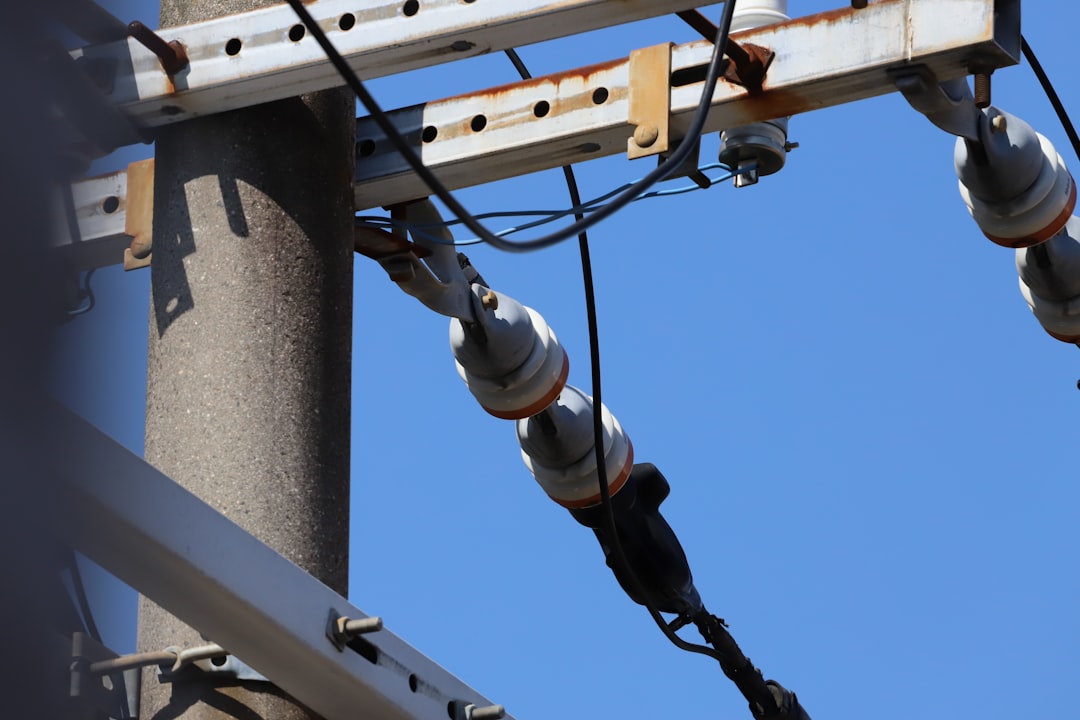
For construction professionals, understanding the costs associated with electric panel upgrades is crucial. Typically, a 200-amp upgrade ranges from $2,800 to $5,800, with potential increases up to $7,500 in high-demand areas or when additional work like trenching is required. A straightforward upgrade in an accessible location can be under $3,000.
Upgrading outdated panels is essential to meet modern power demands. Increasing capacity to 200 amps or more can:
Based on industry data, the cost for a 200-amp upgrade typically falls between $2,800 and $5,800. Costs can rise to $7,500 with additional requirements.
1. Amperage Increase: Moving from 100 to 200 amps is common, but higher demands may require 225-400 amps, increasing costs.
2. Service Location & Accessibility: Panels in finished areas require more labor, increasing costs by 25-30%.
3. Utility Coordination: Line disconnects and inspections can add $300-$800 to the cost.
4. Permit & Code Updates: Compliance with the latest codes can add $250-$450.
5. Labor Market Conditions: Regional labor rates affect costs, with some areas 12-18% above average.
Using AI-driven estimates, professionals can provide accurate quotes quickly. This includes:
A South Austin project required a kitchen expansion and EV charger circuit. The AI estimate for the panel upgrade was $3,950, with the final cost at $3,889, demonstrating precise estimation and execution.
How long does the upgrade take? Typically 6-8 hours, plus inspection time.
Can I stay in the house during work? Yes, temporary circuits can be set up.
Will my insurance premium drop? Upgrades may qualify for discounts.
For accurate electric panel upgrade costs, visit CountBricks.com for more information and start your estimate today.

Professionals should consider the long-term ROI of electric panel upgrades, which include:
A Cedar Park project used a 200-amp main panel and a 60-amp subpanel, optimizing costs and future expansion.
For precise electric panel upgrade costs, consult with our AI estimator. Visit CountBricks.com for more information.